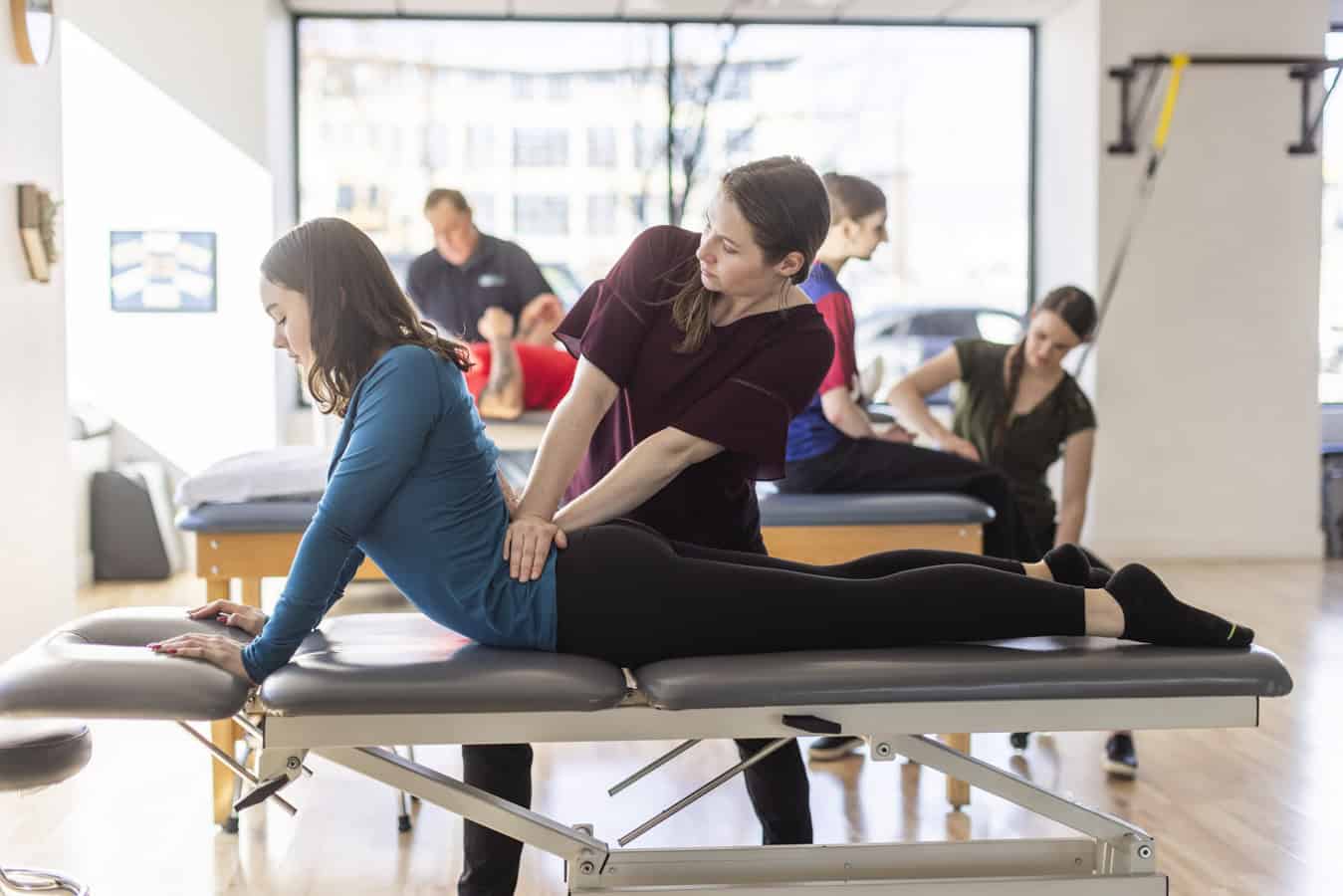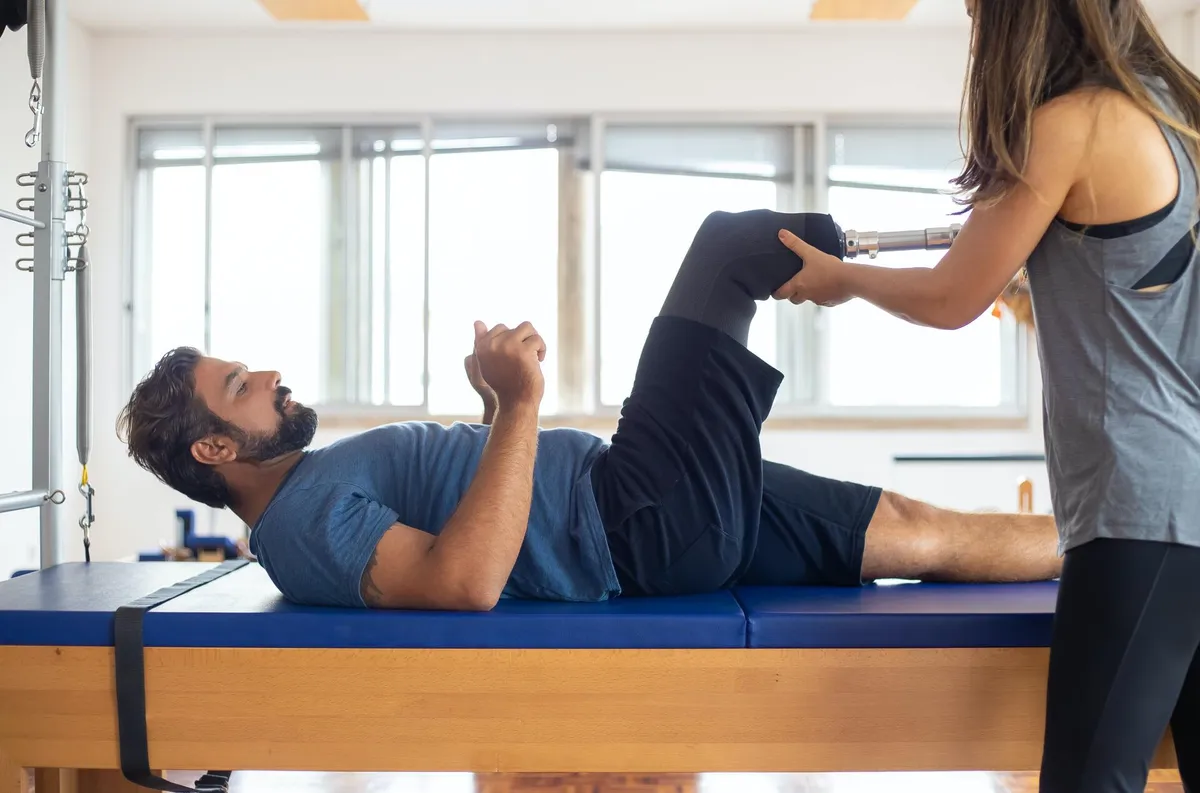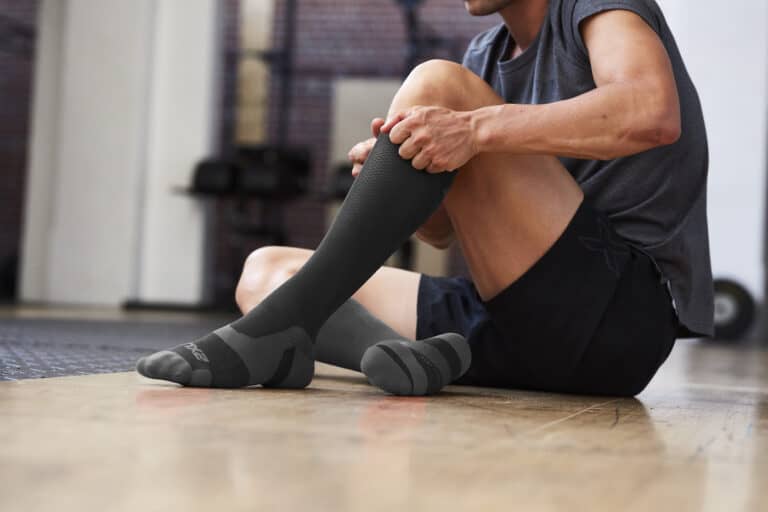Starting physical therapy is an important step toward recovery and improving your well-being. While preparing for your sessions, you may wonder: what should you wear to physical therapy? Choosing the right clothing ensures comfort and allows your therapist to effectively assist you with exercises and treatments. Here are some helpful tips to guide you in selecting the perfect outfit for your next physical therapy appointment.
Why Does Clothing Matter for Physical Therapy?
Your clothing choice significantly impacts your experience during physical therapy. The right outfit helps you move freely, ensures that your therapist can access the necessary areas of your body, and keeps you focused on the exercises rather than adjusting uncomfortable clothing. Proper attire also promotes safety by minimizing the risk of tripping or slipping during exercises.
Prioritize Comfort and Mobility
Physical therapy sessions often involve stretches, exercises, and hands-on treatments. Opt for clothing that allows you to move freely and comfortably.
Tops
Wear a loose-fitting T-shirt, tank top, or athletic shirt. If you’re addressing an issue with your upper body, sleeveless or short-sleeved options are ideal for allowing access to your shoulders, arms, or back. Avoid tops with tight collars or buttons that could restrict movement.
Bottoms
Choose athletic shorts, leggings, or sweatpants. These options allow unrestricted movement and can accommodate any therapy-focused movements for your legs or hips. Ensure that the waistband is comfortable and not too tight, as it might cause discomfort during bending or stretching exercises.
Wear Appropriate Footwear
Physical therapy often includes exercises that require proper foot support. Athletic or running shoes with good arch support and cushioning are typically the best choices. Look for footwear that fits securely without being too tight, as improper shoes can lead to discomfort or even hinder your performance during exercises. Avoid sandals, flip-flops, or dress shoes, as they may not provide the stability you need.
Dress for the Focus Area
If your physical therapy targets a specific area, consider clothing that makes it accessible for treatment.

- Knee or Leg Therapy: Shorts or loose pants that can be rolled up above the knee allow easy access to your knees and legs.
- Shoulder or Arm Therapy: Sleeveless tops or shirts with wide sleeves are ideal for enabling your therapist to work on your shoulders or arms without obstruction.
- Back Therapy: Opt for comfortable clothing that allows your therapist to examine or work on your back easily, such as loose tops or zip-up jackets that can be removed during the session.
Avoid Restrictive or Heavy Clothing
Avoid wearing clothing that’s tight, bulky, or made from stiff fabrics. These can hinder your movements and make it difficult for your therapist to perform their work. Denim jeans, heavy sweaters, and belts should be left at home. Instead, choose lightweight, breathable fabrics like cotton or moisture-wicking materials to stay cool and comfortable during your session.
Tips for Additional Comfort
Bring Layers
Clinics can sometimes feel cool due to air conditioning. Bring a light jacket or sweatshirt that can be easily removed if you warm up during exercises.
Minimize Accessories
Avoid wearing excessive jewelry, belts, or accessories that may interfere with your therapy exercises. Dangling earrings, bracelets, or large necklaces can become a distraction or pose a safety risk.
Secure Long Hair
If you have long hair, tie it back to keep it out of your face and avoid any interference with your movements or treatments.
What to Expect During Physical Therapy
Knowing what to wear is just one part of preparing for your physical therapy appointment. Understanding what to expect can help you feel more confident and ready to focus on your recovery. Your sessions may include:
- Initial Assessment: Your therapist will evaluate your condition and may need access to specific areas of your body to assess mobility and pain points.
- Exercise Routine: Be prepared to perform a variety of exercises, ranging from gentle stretches to strength-building movements, depending on your therapy plan.
- Manual Therapy: Therapists may use hands-on techniques to massage or mobilize joints and muscles, requiring clothing that allows access to these areas.
TheraHealth and Wellness: Your Partner in Recovery
At TheraHealth and Wellness, our goal is to ensure that every physical therapy session helps you move closer to your recovery and wellness objectives. Wearing the right clothing to your appointments not only enhances your comfort but also allows our skilled therapists to focus on your needs effectively. We’re here to support you with personalized care and guidance tailored to your unique recovery journey. If you have any questions about preparing for your session, don’t hesitate to contact us.




